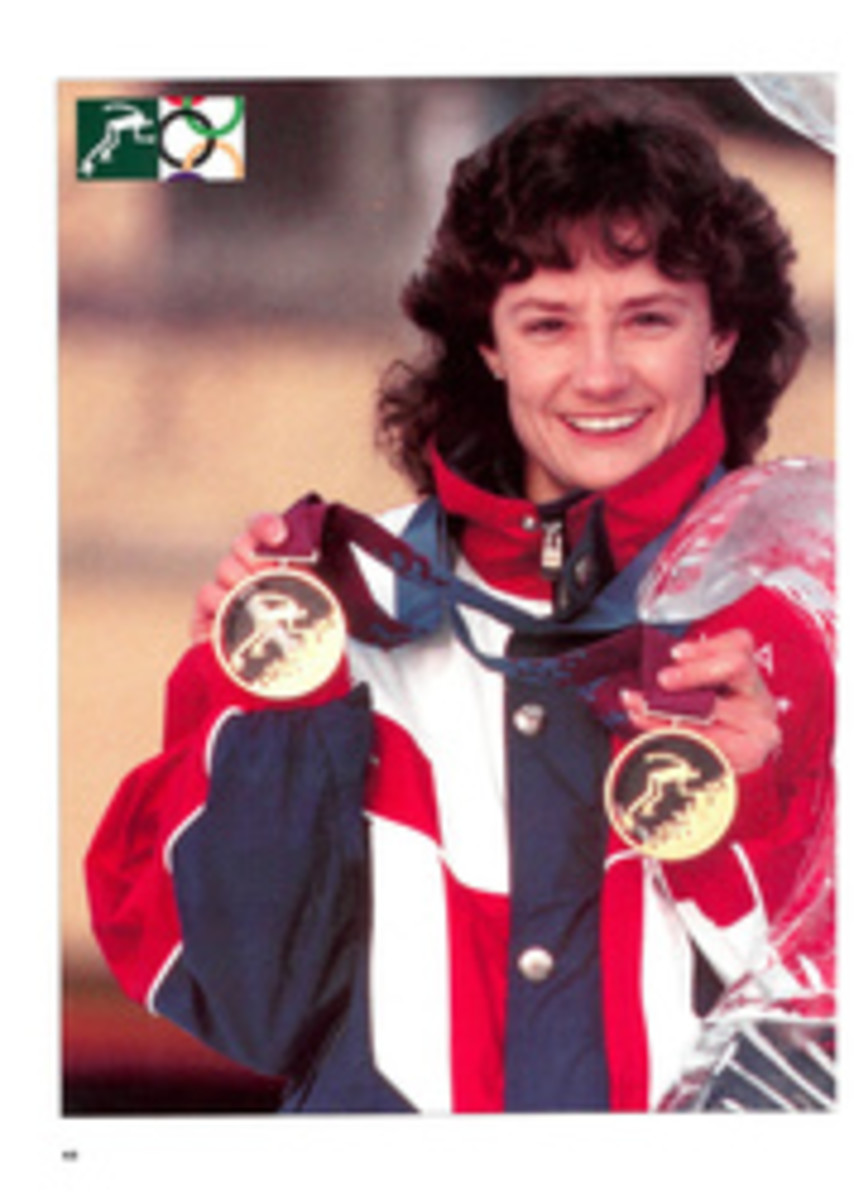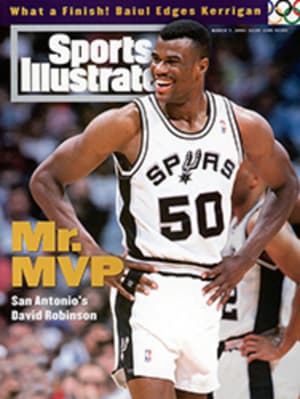
Flat Bats and Googlies
To learn how to "throw a googly" and where on the field a "silly" stands, to find out about "rib roasters" and what it means to "shiver the stumps," unenlightened Americans should visit a tiny library on the campus of Haverford College, just outside Philadelphia. Within the college's main library lies an intimate room no more than 30 feet by 40 feet. In it are a fireplace, a big reading table, several paintings of scenic cricket grounds, and what is believed to be the largest collection of cricket books and cricketana in the U.S. Says Hugh Formhals, an aficionado of the sport and the author of the book The Jolliest Game Under the Sun, "The C. Christopher Morris Cricket Library is the mecca of North American cricket. Anyone interested in cricket sooner or later hears about the collection."
A row of cricket blazers as brightly striped as circus tents hangs above display cases chock-full of other memorabilia: flannel cricket caps; an umpire's counting stones; old willow bats, one side flat, the other curved like the hull of a boat; even a menu from the five-course May 21, 1903, Haverford-Harvard cricket team dinner. After taking in this mini-museum, visitors may indulge their curiosity about the world's second-most-popular sport by consulting some of the library's 3,000 to 4,000 books and magazines (including a complete run—June 1877 to April 1929—of The American Cricketer), many of them collected by the library's namesake, Christy Morris, a standout player at Haverford and on turn-of-the-century U.S. teams that toured England.
At the Haverford cricket haven everything is close at hand. In fact you hardly have to leave your seat. Express an interest, say, in becoming acquainted with the rules and terms of the game, and Carol Babb, the office secretary, will set in front of you one book after another, as gracious as an innkeeper offering scones and jam with coffee and the morning paper. A googly, one eventually learns, is a trick pitch. From the bowler's motion, the batsman assumes the ball will break away from him; instead, it does the opposite. Silly, indeed. Knocked silly is more like it, considering this player stands gloveless only 15 feet or so from the batsman and is charged with fielding a scarlet ball that is more comparable to a rock than a baseball. According to W.J. Lewis's The Language of Cricket, a rib roaster is not training-meal fare but rather a "ball that rises from the pitch [grass] so high as to endanger the body of the striker." One learns too that a wicket is made of three dowellike stumps topped by two sticks known as bails. One of many ways a batsman, who stands directly in front of the wicket, can be called out is for the bowler to hit the wicket, knocking clown these bails. To "shiver the stumps" is to send them flying with a very fast ball.
The C.C. Morris Cricket Library is open Mondays, Wednesdays and Fridays from 1 p.m. to 4 p.m. Along about 1:30 or so, you can count on Murray Haines, who attended Haverford in the mid '20s, walking in, as he has almost every day for the last 25 years. The 89-year-old Haines bears the title of secretary of the library. Keeper of the flame is more like it. Although he is notoriously impatient with writers, mostly American, who use the library and still get their facts wrong, Haines tirelessly answers all questions about the game.
"People normally look for similarities in baseball. I think there are darned few," Haines says. "One big difference: In cricket the batsman is on the defending side. The batsman's first job is to defend his wicket and not be put out. His second job is to make runs, if he can. Another difference: In baseball when you hit the ball, you have to run. In cricket you don't run unless you choose to." This, he acknowledges, tends to slow down the game.
Haines, and most others involved in the sport in the U.S., speak of a cricket groundswell in this country in recent years. Foreign exchange students and immigrants from any number of the world's cricket-loving countries have brought their wickets with them. According to Dan Ruparel, president of Cricket USA, there are some 700 active cricket clubs in this country, a 25% increase in the last year alone. Nonetheless the game is still so obscure in the U.S. that Ruparel answers several calls each week from people dissatisfied with their disposable lighters.
As it has since 1877, the Haverford cricket team still plays on treelined Cope Field. On a sunny spring day Haines may even agree to walk you there, a bat and ball in tow, and show you a bowler's straight-armed delivery and a proper batsman's stance. If he does, ask him to point out the professor's house, no small poke away, where during one game around the turn of the century a ball crashed through a second-floor bathroom window. As Haines recalls, "I heard he was pleased about it. It resulted in a good score."
PHOTO
MANNY MILLAN
Haines has long been the library's resident scholar.
John Grossmann lives in Jamison, Pa., and has written a number of stories for Sports Illustrated.

